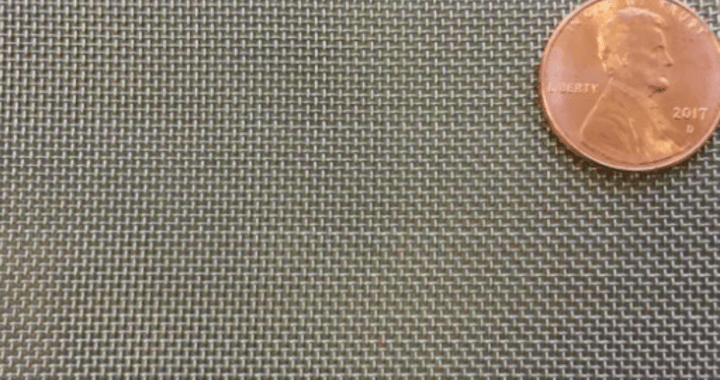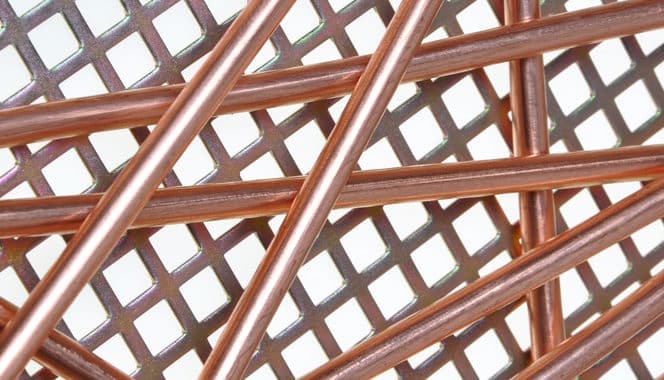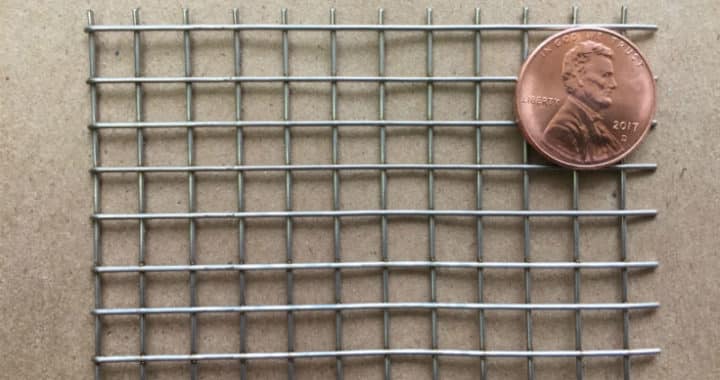The flexibility and durability of wire cloth makes it a versatile product. From the food and beverage production industry to automotive, pharmaceutical, and medical sectors, metal mesh is being increasingly used across multiple industries.
As there is a surge in the use of wire cloth, mesh products have grown into various types, standards, and patterns catering to the industry-specific demand. The production has become exceptionally sophisticated with the invention of new molecular diffusion-bonding and lamination technologies. Depending on required materials and pore sizes, one can find the exact wire mesh material they need.
Each of these wire mesh products varies based on applications, the number of laminated layers, and mechanical properties, in addition to the fabrication process. Technical and metallurgical considerations add to the growing diversity that demands careful and need-specific selection of wire cloth. Here is a guide on different types of metal mesh products, their significance, and how to select the right product for your application.
Wire Mesh: What and How
Wire mesh refers to a metal net or screen of attached or woven strands formed by intersecting strands of wire. Stainless steel, copper, aluminum, brass, and bronze are the most popular metals used to produce wire mesh filters used for screening, structuring, and shielding. A filter made from sintered wire cloth is the best choice since sintering enables bonding at the molecular level and leads to laminated layers of woven wire.
There are two major ways of manufacturing metal mesh – weaving and welding. Woven wire mesh is created when metal wires are woven into a web of intersected wires. It follows the pattern of one perpendicular wire woven over and under another wire. This pattern creates a web of mesh wire. Welded wire mesh, on the other hand, is produced when metal wires are put in rows and columns as per the size of the required pores and then are welded at the intersection.
Wire Mesh: Types, Significance and Use
Whether meant for domestic or industrial use, sintered wire cloth comes with varying types of coarseness, weight, and aperture. Different types of sintered wire cloth have unique features, patterns, qualities, and functionalities.
Stainless Steel Wire Mesh – Prepared from steel or iron-nickel alloy, this type of metal mesh is strong, sturdy, and reliable. Stainless steel wire mesh can have extremely low-variant but very stable pores. It comes in both high-carbon and low-carbon variants and is available in various patterns. Sintered wire cloth of steel is the best suitable for extremely corrosive or high-temperature environments and outdoor applications. Steel wire mesh filters are widely used in separation technology, architecture, and heat conditioning.
Aluminum Wire Mesh – Aluminum wire mesh is often chosen for its relative affordability compared to other metals, as well as for its low weight compared to steel or stainless steel. Aluminum wire mesh is about a third of the weight of a stainless steel mesh with the same specifications, which can make it useful in the creation of items like personal audio headsets where low weight is critical.
Plain Weave Sintered Square Woven Wire Mesh – This type of sintered wire mesh laminate is made by sintering multiple layers of plain weave square woven wire mesh together. Because of the large open area percentages of the square woven wire mesh layers, this type of sintered wire mesh laminate has good permeability characteristics and low resistance to flow. This type of sintered wire mesh laminate is useful for polymer production, as well as a variety of fluid and air filtration applications.
Dutch Woven Sintered Wire Mesh – Wires of different diameters are used and pushed closer to each other to achieve a sintered wire mesh cloth of the highest density. These can be either plain or twill weave wire mesh. When made from sintered metals, the Dutch pattern produces more rigidity and tensile strength. The closer wire placement means a higher particle retention capability up to 10 micrometers. Dutch woven sintered wire mesh is used for very fine filtration applications and the making of protection chassis, enclosures, and boxes. The absence of openings allows this sintered wire cloth type to make the best water, air, fuel, plastic processing, and hydraulic filters.
5-Layer Sintered Wire Mesh – 5-layer sintered wire mesh is created when a single layer of fine woven wire mesh is placed between two layers of coarser square woven meshes. It is then added to two layers of a strong Dutch woven wire mesh and sintered together to form a strong plate. The single layer of fine woven wire mesh acts as the filtration layer, and can be customized to meet a particular filtration rating, ranging from 1 micron to 200 microns.
Double Weave Wire Mesh – A variant of the pre-crimped weave pattern, double weave wire mesh derives its name from its manufacturing process. Two wrap wires run over and under two weft wires making this type of wire mesh robust to withstand high-intensity tasks. Double weave sintered wire cloth is the top choice for vibrating screens of conveyor belts, mining filters, and crushers. Barbecues also utilize this wire mesh.
Epoxy Coated Wire Mesh – Epoxy coated wire mesh can be used in a variety of filtering applications and as a support or for pleat spacing in filters. Door and insect screens are oftentimes produced using epoxy coated wire mesh. The epoxy coating can be applied to plain steel, aluminum, or stainless steel wire mesh.
Tips To Select The Best Wire Mesh
While buying metal mesh, one must consider the following points.
- The purpose for which you need wire mesh. Each type has its advantages and disadvantages for various applications.
- The fabrication process is another important area to look at. This impacts the durability, structural rigidity, and tensile strength of a wire mesh.
- Pore size and pattern is important based on industry-specific filtration needs. For example, the Dutch pattern enables much higher precision filtration of particles compared to other variants.
- Sintered metal or alloy plays a role too in selections based on temperature, environment, and nature of the application. Non-corrosive metals are a must if it is mining, oil, or water industry. At locations with extreme temperatures, metals need to be highly resistant to corrosion.
- The choice of sintered metals should also consider the potential presence of contaminants in the filtering process.
Contact Lawrence Sintered Metals for Wire Mesh
Lawrence Sintered Metals makes the best-quality and budget-friendly sintered wire cloth suitable for a range of applications. Contact us to learn more about our wire mesh and the applications it can be used for.




